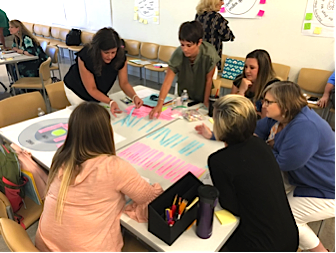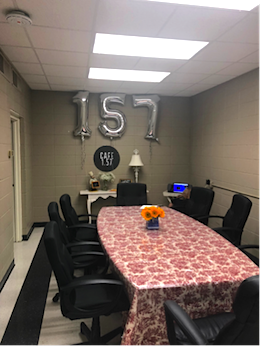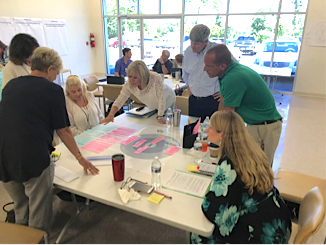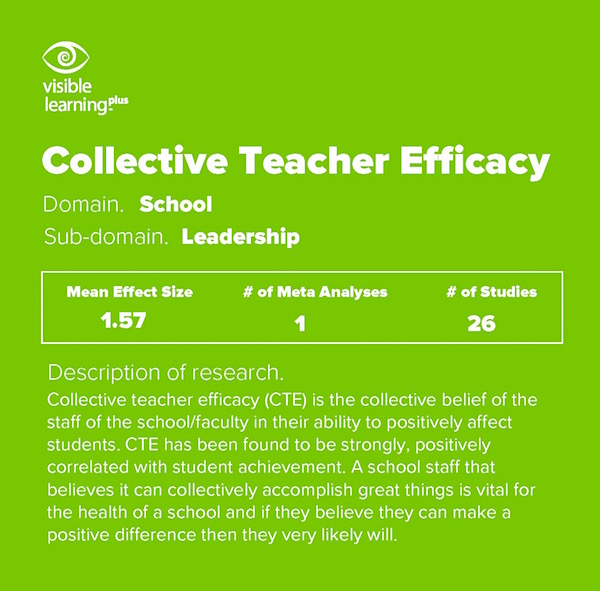 By Paige Raney
By Paige Raney
Chief Academic Officer
Guntersville City Schools
Last summer, I began an extraordinary adventure.
As the new Chief Academic Officer in Guntersville City Schools, I was now working where my dad, a longtime retired educator, had begun his career over 50 years ago. What fun it was to reunite with so many friends, teachers, and families.
I also welcomed the challenge and responsibility to work with our amazing team and build a great school system. After hearing Eric Sheninger’s keynote at the Model Schools Conference, I began to follow his work. He inspired me with, “Never underestimate the power that you have to make your school, district, and the entire education system better. Be the change you wish to see in education, and others will follow.” Our entire leadership team lives this out every day.
We have incredibly great raw materials in Guntersville City Schools: smart teachers, dedicated administrators, involved families, hardworking students, and incredible community support. But we had work to do. We recognized our need to rekindle a commitment to learning. Additionally, we had to eliminate clutter and work collaboratively across the district.
Culture, Data, Instruction
Specifically, we decided to focus on three main areas last year: culture, data, and instruction. We now work on culture every single day and guard it with great care. Every decision is run through the lens of the impact it will have on the school system’s culture.

We also introduced and implemented data team meeting protocols at each school. This remains a constant work in process as teams continue to get better at these techniques. Conversations around data mean that we are focusing on students and working to improve their development and achievement. We believe it is the right work.
This summer, we began to go deeper to address instructional needs in the district. By working with our leadership teams at each school, we introduced the work of John Hattie and his 10 Mindframes for Visible Learning: Teaching for Success. Together, we reviewed the mindframes and specifically studied the highest indicators of impact on his chart of 250 influences that affect student learning. (Hattie talks about them in this free webinar.)
Our teams were amazed with these new discoveries and were surprised by the effect sizes of certain influences. One influence, in particular, received a great deal of consideration: collective efficacy with a 1.57 effect size (the highest identified in Hattie’s research). According to Hattie, collective efficacy “refers to the enhanced confidence to overcome any barriers and limitations and have the collective belief that all students in this school can gain more than a year’s growth for a year’s input.”
Our leadership teams were almost shocked to learn that this highest influencer wouldn’t cost the district anything, wouldn’t take extra time, and really came down to a daily decision each staff member would make to positively affect student outcomes. It was something we could create for ourselves, and it would significantly impact culture, data, and instruction.
Cafe 1.57 Promotes Collective Efficacy
After these initial Leadership Team meetings, our teacher leaders asked for more. They specifically wanted to know more about collective efficacy. So we obliged. Working with the text Collective Efficacy: How Educators’ Beliefs Impact Student Learning by Jenni Donohoo, we scheduled a session where the leadership team primarily discussed how collective efficacy could become visible in our schools. Internally, our central office staff discussed ways collective efficacy could become visible in their own work.

One of our schools, Cherokee Elementary School, developed the idea to create CES 1.57 IMPACT shirts. These shirts display the message, “IMPACT: No Excuses! Impacting Students, No Matter What!”
Additionally, CES Reading Coach Sally Landers and Principal Julie Ann McCulley decided to create a place where collective efficacy could visibly grow on a daily basis. After creating opportunities for teachers to have daily duty-free lunch, they wanted, Julie Ann says, to make sure “teachers were talking and collaboration was happening because collaboration is key to moving students.”
 Together, Julie Ann and Sally created Cafe 1.57 where teachers gather daily to have lunch while engaging in meaningful collaboration. They design lessons, they have data meetings, and they encourage one another because, as Sally Landers says, “We are on a mission.”
Together, Julie Ann and Sally created Cafe 1.57 where teachers gather daily to have lunch while engaging in meaningful collaboration. They design lessons, they have data meetings, and they encourage one another because, as Sally Landers says, “We are on a mission.”
The faculty response? Fourth grade teacher Donna Brasher says Cafe 1.57 “is the best thing that has happened to me in 34 years of teaching!” Fellow fourth grade teacher Hilary Dahlke adds that “The time I spend in Cafe 1.57 makes me feel like a professional.”
Cafe 1.57 provides a place for collective efficacy to become visible. As a result, Cherokee Elementary School is moving the needle for their students.
Growing Our PLCs
We also introduced our plan to grow as a learning organization by implementing the work of Rick and Becky DuFour through their Professional Learning Communities at Work program. At the district level, we began by reading Learning by Doing: A Handbook for Professional Learning Communities at Work by Richard DuFour, Rebecca DuFour, Robert Eaker, Thomas W. Many, and Mike Mattos.
 Every teacher has been challenged to focus on learning, focus on results, and work collaboratively. Our school system will hone in on the four critical questions PLCs must answer as taught by the DuFours:
Every teacher has been challenged to focus on learning, focus on results, and work collaboratively. Our school system will hone in on the four critical questions PLCs must answer as taught by the DuFours:
1) what do we expect students to learn?
2) how will we know if they have learned it?
3) what will we do when students have difficulty learning?
4) what will we do when students are proficient?
Our master schedules have changed to incorporate more collaborative planning time so teacher teams can meet. The language we use with students and one another is shifting toward ideas and expectations that have impact.
These are now the priorities of the district. We believe it is the right work that will make learning visible, provide great impact on student development and achievement, and constantly affirm that we will not waste the incredible opportunity we have in Guntersville City Schools.
Paige Raney is the Chief Academic Officer of Guntersville City Schools. Paige is a National Board Certified Teacher in Literacy. She serves on the Board of Directors for the Alabama Literacy Alliance. She is always and proudly, a teacher. Follow her on Twitter: @PaigeRaney


0 Comments on "Guntersville City Schools: Making our PLC Journey Visible"